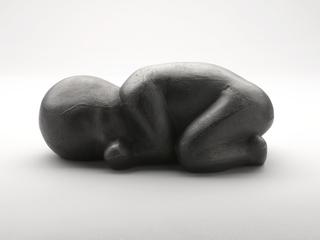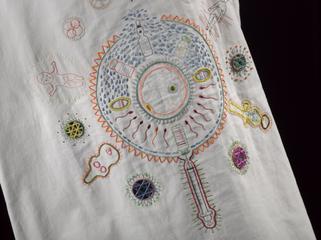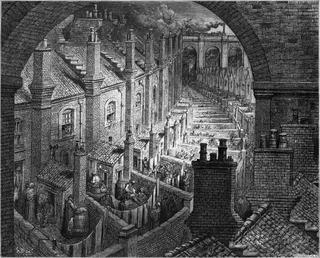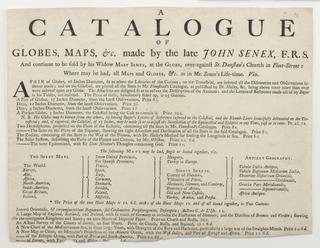
Mezzotint of Linnaeus in his Lapland dress




Portrait: mezzotint, ‘Linnaeus in his Lapland dress’, by Robert Dunkarton and Henry Kingsbury after Martin Hoffman, published by Dr. Robert Thornton, June 1 1805. Linnaeus appears full length standing with his right elbow above a pile of his works on a pedestal to the left. A column behind. He wears elements of traditional Sámi winter clothing. Lettered below. The etching is based on a portrait by Martin Hoffman, painted in Hartecamp in the Netherlands, 1737.
Carl Linnaeus (1707-1778), also known as Carl von Linné, was a Swedish zoologist, botanist, and taxonomist who is mostly know for inventing the binomial nomenclature. This was the first formal system to classify the natural world and it is still used today. Apart from classifying plant and animal species, Linnaeus was also the first to describe humans as part of the animal kingdom. For this, he divided Homo Sapiens into four 'varieties' with different characteristics, which laid the ground for future theories of race.
In 1732, Linnaeus travelled to Lapland, a province in Northern Sweden, to find new plants, animals, and minerals. Linnaeus was also interested in studying the culture of the Sámi people who are indigenous to the northern parts of Norway, Sweden, Finland, and the Russian Kola Peninsula. During this expedition, he gathered ethnographic information, documented their way of life, and collected objects.
In this portrait, he is pictured wearing elements of traditional Sámi winter clothing made of reindeer skin and fur. It includes boots and gloves, as well as a belt from which Sámi handicrafts such as a purse and tobacco pouch with beadwork and a needle case are suspended.
It also features a Sámi shamanic ceremonial drum, which was a significant part of Sámi pre-Christian religion. The drum helped the shaman to enter a state of trance, but also served as an instrument to foretell the future. During colonialism and Christian mission, practising Sámi religion was punishable by law. The drums were considered a threat and either burned or collected and sent to museums all over Europe.
Since the first encounters of foreigners with the Sámi population, many scientists like Linnaeus, but also priests, tax collectors, and traders, have taken part in colonial efforts to collect and forcibly remove Sámi artefacts with the purpose of preserving an allegedly disappearing and ‘exotic’ culture.
Details
- Category:
- Art
- Object Number:
- 1992-620
- Materials:
- paper (fibre product) and ink
- credit:
- Grosvenor Prints




